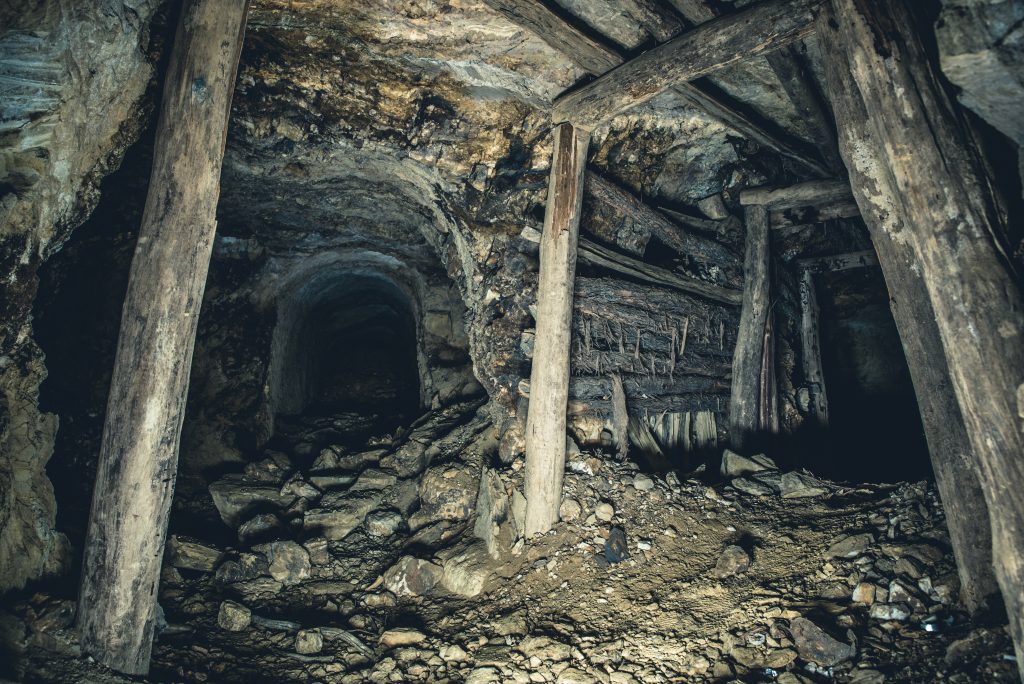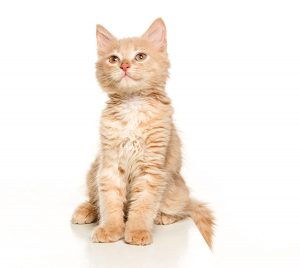The men and women who spend every day digging in the earth are some of the greatest unsung heroes of industry and modern civilization. They dig deep into the darkest places in the world to bring out the riches that help to sustain our lifestyles. From the steel for our cars, to the copper wiring that binds together our digital world together, everything we think of as our modern lives and comforts exist on the back of these intrepid people.
History of Miners’ Day
The history of mining reaches into prehistory, where resources such as flint were removed from the earth to produce the highest quality tools of the age. As time went on and more was understood about the nature of ores and how to process them, gold, turquoise, and malachite (the ore from which copper is derived) mines began to appear all over the world.
Better technology allowed the development of new mining techniques, and more uses for existing and newly discovered resources. Even in these ancient days, the bronze and iron brought forth from the earth was used to plow the ground, fight wars, and build grand edifices that would stand the test of time.
Miners’ Day was established to celebrate and recognize those who take part in this dangerous profession, to help our lives be comfortable and full of conveniences. Thanks to the efforts of the president of the Miners’ Day Memorial Association of West Virginia (MDMAWV) Roy Lee Cooke, National Miners’ Day was established in 2009 by the passing of a resolution by the United States Senate.
Lung Disease in Coal Miners
Exposure to respirable dust in coal mines can cause several lung diseases. These include black lung, silicosis, chronic obstructive pulmonary disease (COPD), bronchitis, and emphysema. Recent studies have shown many cases of severe in black lung in the U.S., most notably in central Appalachia. These lung diseases can be prevented by controlling respirable coal mine dust exposures and by early disease detection through health screening and surveillance.
Health Screening and Surveillance for Coal Miners
Regular screening is critical to catch early stages of lung disease so that steps can be taken to prevent progression to severe disease. In the U.S., all coal miners are required to receive a free medical examination when they start working in the industry and within 3 years after their initial examination. The same free examination must continue to be offered every 5 years after initial screening for as long as they work in coal mining.
Through the NIOSH Coal Workers’ Health Surveillance Program, mine operators arrange for local NIOSH-approved healthcare facilities to provide medical examinations. These are provided at no cost to all coal miners. Additionally, NIOSH program technicians travel throughout coal mining regions across the nation to provide the following services, also at no cost to miners:
- Miner work histories
- Respiratory health assessment questionnaires
- Spirometry (lung function) testing
- Chest x-rays
- Blood pressure screenings
Screening dates and locations for screenings offered by NIOSH mobile clinics are typically posted on the CWHSP web page each spring. However, this year the Coronavirus Disease 2019 (COVID-19) pandemic prevented the NIOSH mobile unit from offering health screenings. NIOSH is currently identifying screening dates and locations for late 2021.
Steps miners and operators can take to prevent illness and the spread of COVID-19 is provided on the CDC webpage COVID-19 and Mining.



